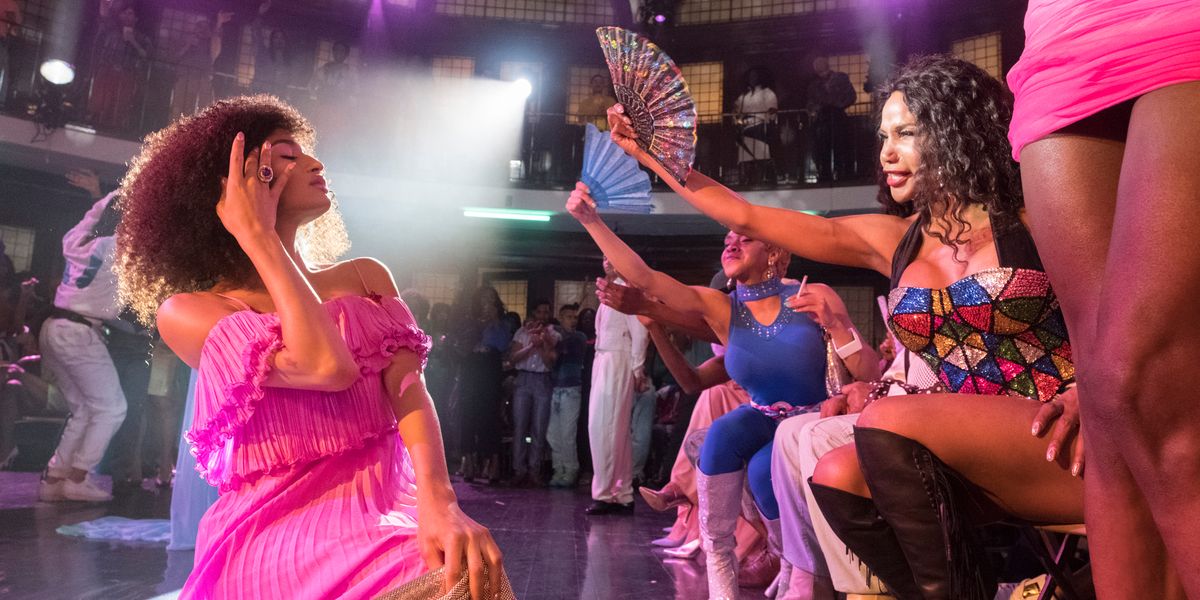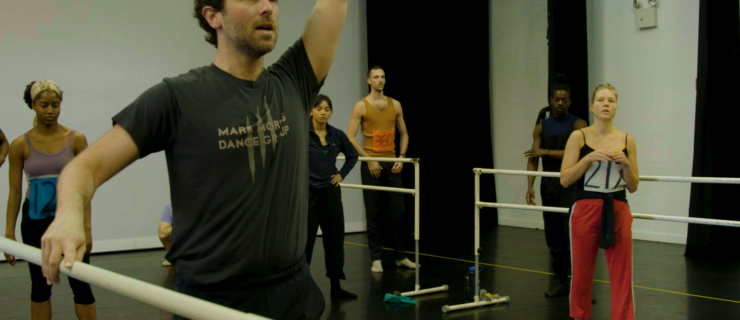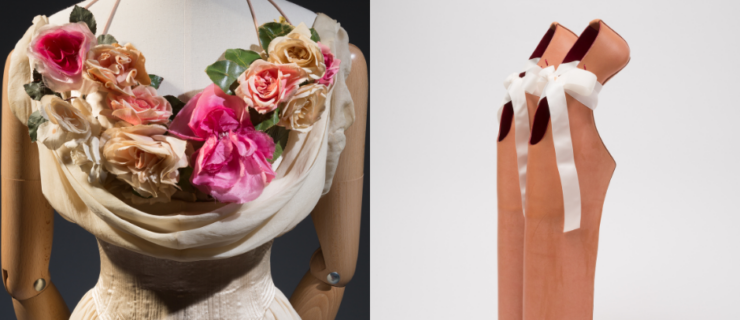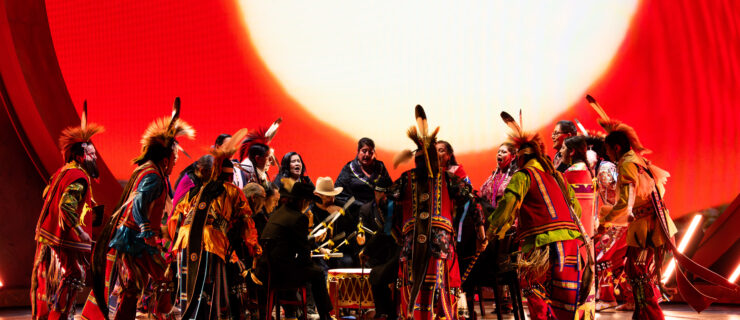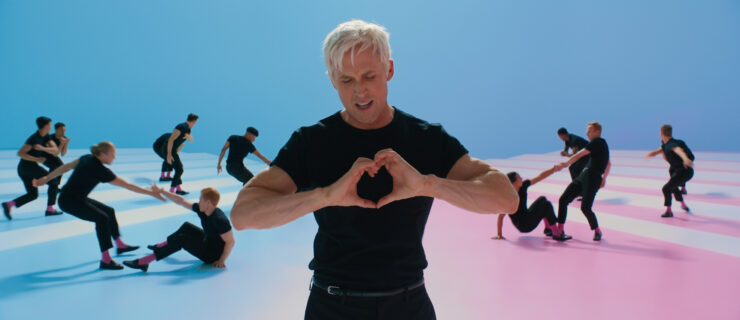6 Reasons You Should (Re)Watch the First Season of "Pose"
Last summer, the FX television series “Pose” served us a debut season which, over eight episodes, grew from a splashy echo of the seminal vogueing documentary Paris Is Burning into an affecting portrait of one of the most marginalized, most vulnerable, most creative communities in New York City in the late 1980s.
With its second season starting soon—on June 11, to be exact—and the first season dropping on Netflix this Friday, here are six reasons why dancers should be watching the groundbreaking show.
All the world’s a stage.
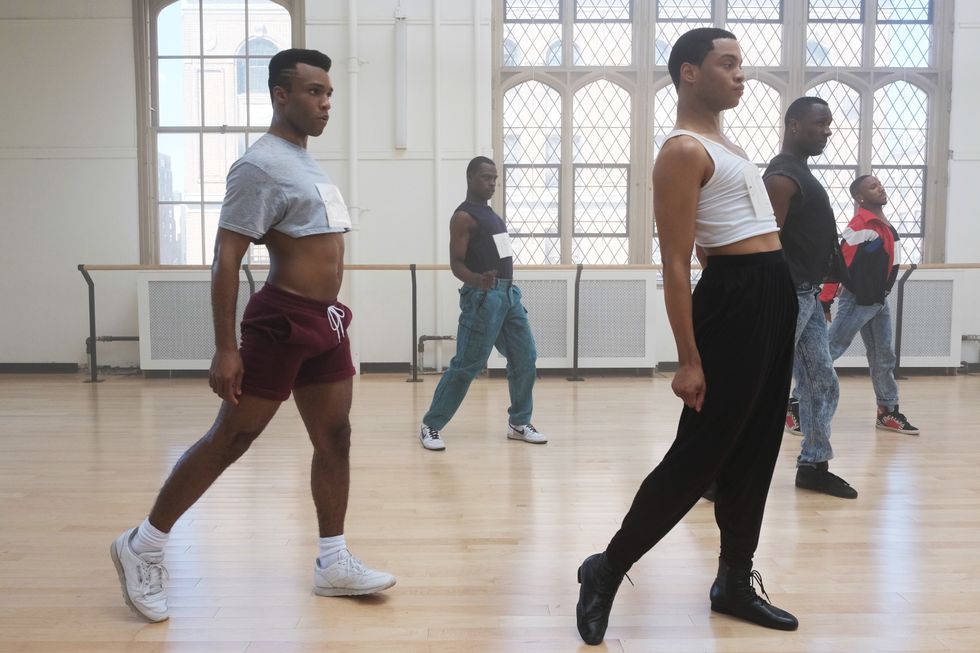 Dyllón Burnside as Ricky, left, with Ryan Jamaal Swain as Damon in “Pose.”
Dyllón Burnside as Ricky, left, with Ryan Jamaal Swain as Damon in “Pose.”
JoJo Whilden, Courtesy FX
The ballroom floor over which Pray Tell (Tony Award–winner Billy Porter) presides isn’t on Broadway or at Lincoln Center, but “Pose” portrays a performance community just the same, with all of the attendant roles and backstage dynamics. Scene regulars introduce themselves to newcomers, learning their names and keeping an eye out for potential collaborators (and competitors). Brandon (Ryan Jamaal Swain) and Ricky (Dyllón Burnside) slip away to audition for a tour in secret. Blanca (Mj Rodriguez) gossips and schemes during a costume fitting. Onstage superstars work service-industry jobs to make ends meet. It’s a swirl of networking, politics, sacrifice and devout craftsmanship that’s familiar to anyone who’s ever worked in show business—of any kind.
Movement never lies.
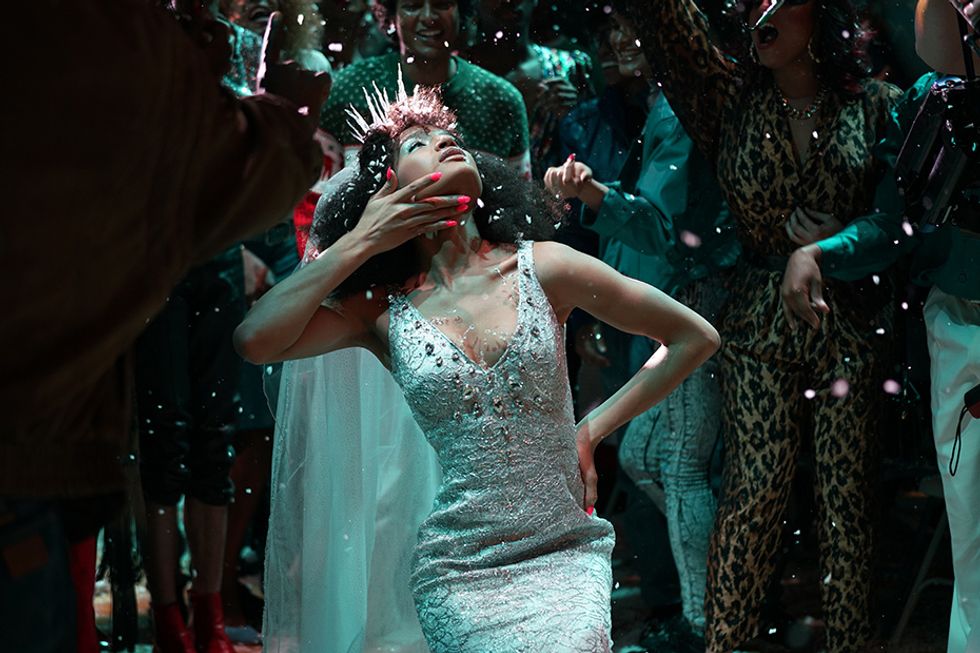 Indya Moore as Angel in “Pose”
Indya Moore as Angel in “Pose”
Sarah Shatz, Courtesy FX
When Angel (Indya Moore) shuts down a catcaller with one sharp flick of her wrist, she shows us that gestures are just as powerful on the sidewalk as on the catwalk. It isn’t just the ballroom scenes or dance sequences that are choreographed in “Pose”; rather unusually, a lot of screen time is devoted to walking. The show lingers on its characters’ entrances and exits, so we can see how their posture and carriage change according to which way the wind is blowing. Brandon nearly skips on the balls of his feet when he’s feeling joyful; when he’s disappointed or lost, his shoulders slump and his heels drag. With nearly every frame, “Pose” reminds us just how much our movements reveal our emotions.
Momma knows best.
 Mj Rodriguez as Blanca in “Pose”
Mj Rodriguez as Blanca in “Pose”
JoJo Whilden, Courtesy FX
Mothers are the head of every household in the ballroom scene, and the first season of “Pose” digs deep into what all that means. Blanca gives her all for the wayward children under her roof at the House of Evangelista, thoughtfully tuning her actions and advice to each younger character’s personality. Elektra (Dominique Jackson) reigns over the House of Abundance with far less forgiveness, but slowly evolves her understanding of motherhood in one of the first season’s more satisfying storylines. In parallel, Helena St. Rogers (Tony Award nominee Charlayne Woodard) is a mother in the dance studio, mentoring Brandon as he trains on scholarship at the New School for Dance—a building many will recognize as the real-life Joan Weill Center for Dance, home to Alvin Ailey American Dance Theater.
Our bodies, ourselves
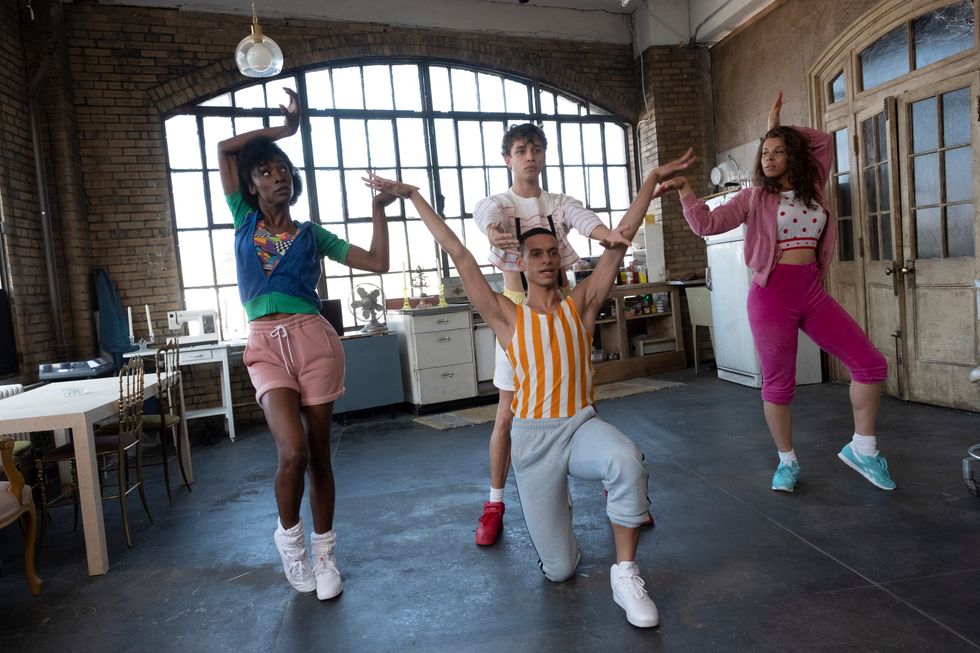 From left: Angelica Ross as Candy, Jason A. Rodriguez as Lemar, Jeremy McClain as Cubby and Hailie Sahar as Lulu in “Pose”
From left: Angelica Ross as Candy, Jason A. Rodriguez as Lemar, Jeremy McClain as Cubby and Hailie Sahar as Lulu in “Pose”
JoJo Whilden, Courtesy FX
It’s not unusual for dancers to have love-hate relationships with their bodies. Delight at a breakthrough in some long-fought struggle with technique can dissolve in an instant—into frustration with an injury or anger at our reflections in the mirror. “Pose” frequently includes examples of these peaks and valleys: Lil Papi (Angel Bismark Curiel) isn’t quick to pick up choreography, but triumphs when he learns how to play to his strengths.
The series so far is at its best, however, when it explores how movement liberates when the body confines. The many trans characters and actors of “Pose”—the most ever in regular roles in a television series—vogue to find their true selves in bodies that sometimes feel false.
Friendly reminders
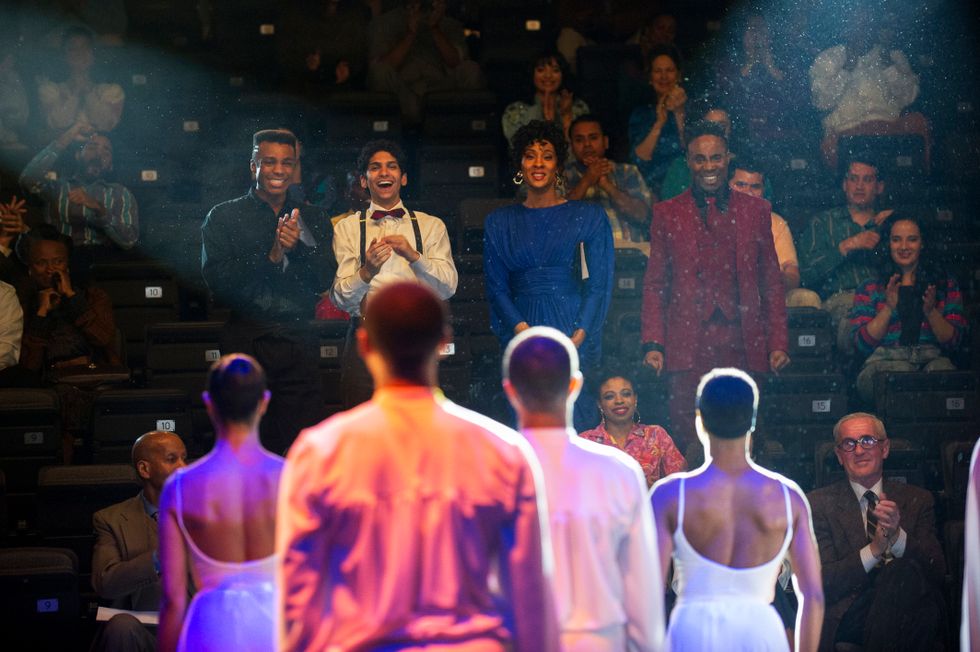 From left: Dyllón Burnside as Ricky, Angel Bismark Curiel as Lil Papi, Mj Rodriguez as Blanca, and Billy Porter as Pray Tell in “Pose”
From left: Dyllón Burnside as Ricky, Angel Bismark Curiel as Lil Papi, Mj Rodriguez as Blanca, and Billy Porter as Pray Tell in “Pose”
Jeffrey Neira, Courtesy FX
It’s a minor liability that, so far, “Pose” isn’t as deft with words as it is with these nonverbal means of communication. While the plot points and arcs are themselves wonderfully conceptualized, key developments are often delivered through clunky monologues and predictable pronouncements. That said, even the most hackneyed platitudes are nice to hear now and then, especially when they help guide us through our own journeys in dance. Helena tells Brandon, “For an artist, greatness happens when you can take something organized and make it feel like it’s improvised.” A little corny? Yes. True? Also yes.
It’s all in the name.
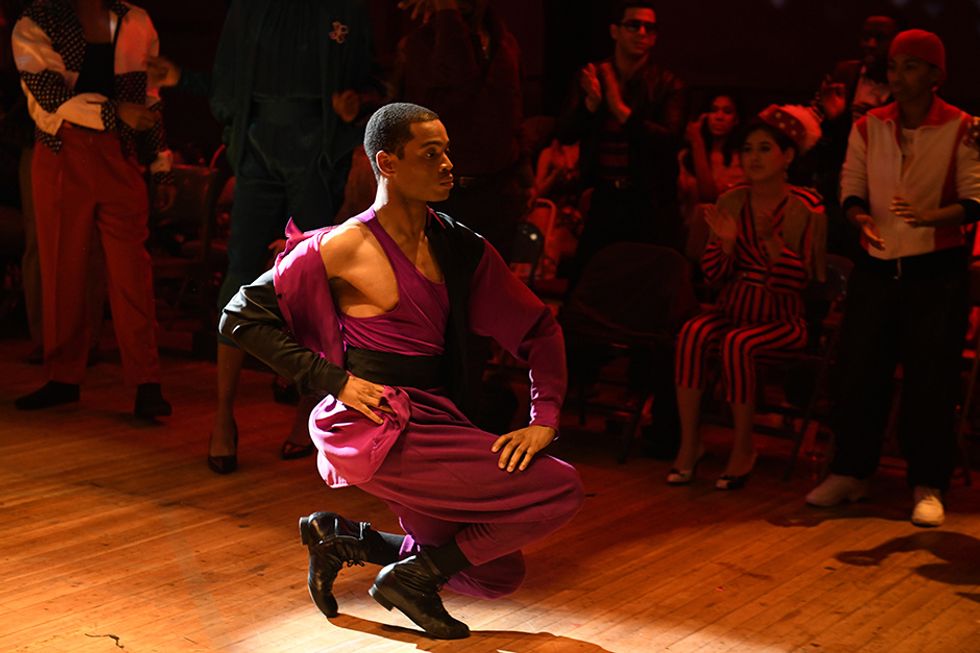 Ryan Jamaal Swain as Damon in “Pose”
Ryan Jamaal Swain as Damon in “Pose”
JoJo Whilden, Courtesy FX
Pose is a four-letter word that, when it comes to this show, says it all. While competing on the ballroom floor, the characters make shapes that allow them to claim things, albeit momentarily, that may be furthest from their reach. The word pose can also mean “to assert, state, or put forward,” and, throughout the first season, we find the characters learning how to identify and (re)present themselves.
Thanks to their deep expertise in the ballroom scene in which “Pose” takes place, lead choreographers Leiomy Maldonado and Danielle Polanco, plus consultants like Slim Ninja, maintain the authenticity of the balls, battles and walks. “Pose” ultimately succeeds in capturing the essential ephemerality of dance, that fleeting bond between performer and audience member which, to borrow what Angel says to Stan Bowes (Evan Peters), need not be more than simply being “good ideas in each other’s minds.”
